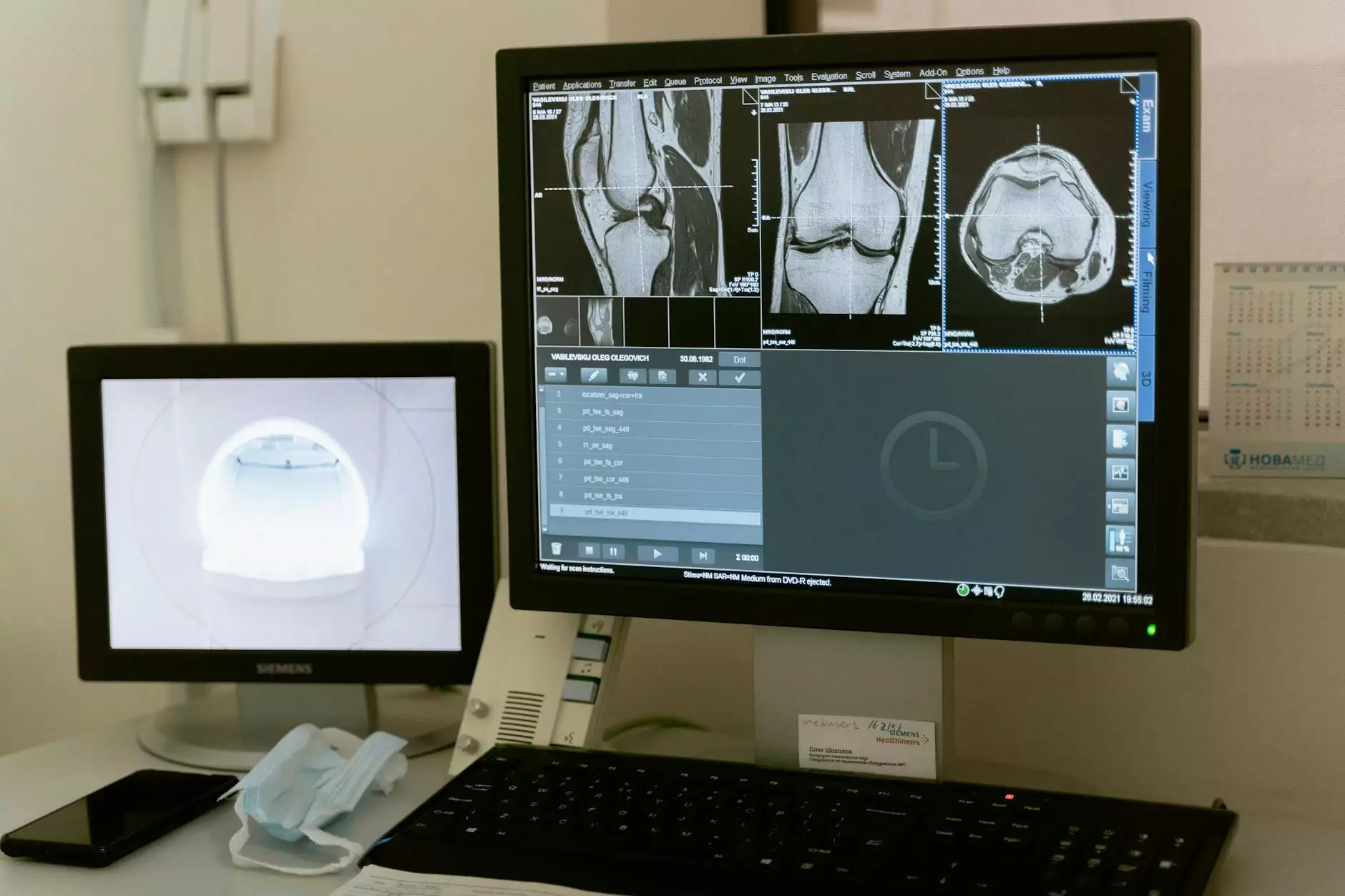7 Surprising Facts About Still's Disease
Blog
Introduction
Welcome to Benjamin Shettell, MD, your trusted source for expert healthcare. In this article, we'll explore 7 surprising facts about Still's Disease. Be prepared to delve into the details of this rare and often misunderstood form of arthritis.
Fact 1: A Rare But Significant Condition
Still's Disease, also known as systemic-onset juvenile idiopathic arthritis, is a rare autoimmune disorder characterized by inflammation throughout the body. Despite its rarity, it can have significant impacts on a person's overall health and quality of life. This chronic condition primarily affects children but can also occur in adults.
Fact 2: Identifying the Symptoms
The symptoms of Still's Disease can vary greatly from person to person. Common signs include high spiking fevers, joint pain, swelling, and a salmon-pink rash. It's important to note that these symptoms may come and go, making diagnosis challenging. Seeking medical attention and proper testing is crucial for an accurate assessment.
Fact 3: Diagnosis and Differential Diagnosis
Diagnosing Still's Disease often requires ruling out other possible causes of symptoms. To aid in diagnosis, doctors may utilize blood tests, joint fluid analysis, imaging studies, and evaluate clinical symptoms. Due to the overlap of symptoms with other conditions, differential diagnosis becomes essential in identifying Still's Disease accurately.
Fact 4: Subtypes of Still's Disease
There are two subtypes of Still's Disease: systemic and adult-onset. Systemic Still's Disease usually presents in childhood and is characterized by systemic inflammation, affecting various organs and tissues. Adult-onset Still's Disease typically appears after the age of 16 and entails similar symptoms but with a different disease course compared to the systemic subtype.
Fact 5: Treatment Approaches
Managing Still's Disease involves a multidisciplinary approach, combining medication, physical therapy, and lifestyle modifications. Nonsteroidal anti-inflammatory drugs (NSAIDs) and corticosteroids are commonly prescribed to reduce inflammation and manage symptoms. In more severe cases, disease-modifying antirheumatic drugs (DMARDs) and biologics may be recommended.
Fact 6: The Importance of Monitoring and Follow-up
Regular monitoring and follow-ups are essential when living with Still's Disease. This allows healthcare providers to assess disease activity, adjust treatment plans, and address any potential complications promptly. Patients are advised to communicate openly with their medical team to ensure comprehensive management and optimal outcomes.
Fact 7: Living Well with Still's Disease
While Still's Disease can be challenging, with proper management, many individuals can lead fulfilling lives. It's crucial to prioritize self-care, including regular exercise, a balanced diet, stress reduction techniques, and emotional support. Creating a strong support network and staying informed about the latest treatment options can contribute to improved quality of life.
Conclusion
In conclusion, Still's Disease is a rare but significant form of arthritis that can affect both children and adults. Recognizing the symptoms, obtaining an accurate diagnosis, following an appropriate treatment plan, and monitoring the disease's progression are key factors in managing this condition. Benjamin Shettell, MD, is dedicated to providing expert healthcare and comprehensive support to patients affected by Still's Disease and other challenging medical conditions. Contact us today for personalized care and expert guidance.










